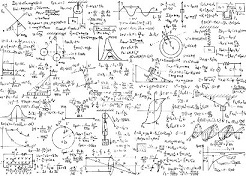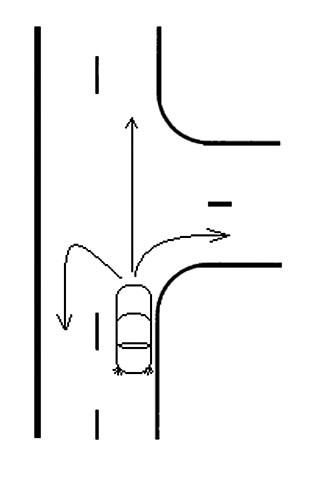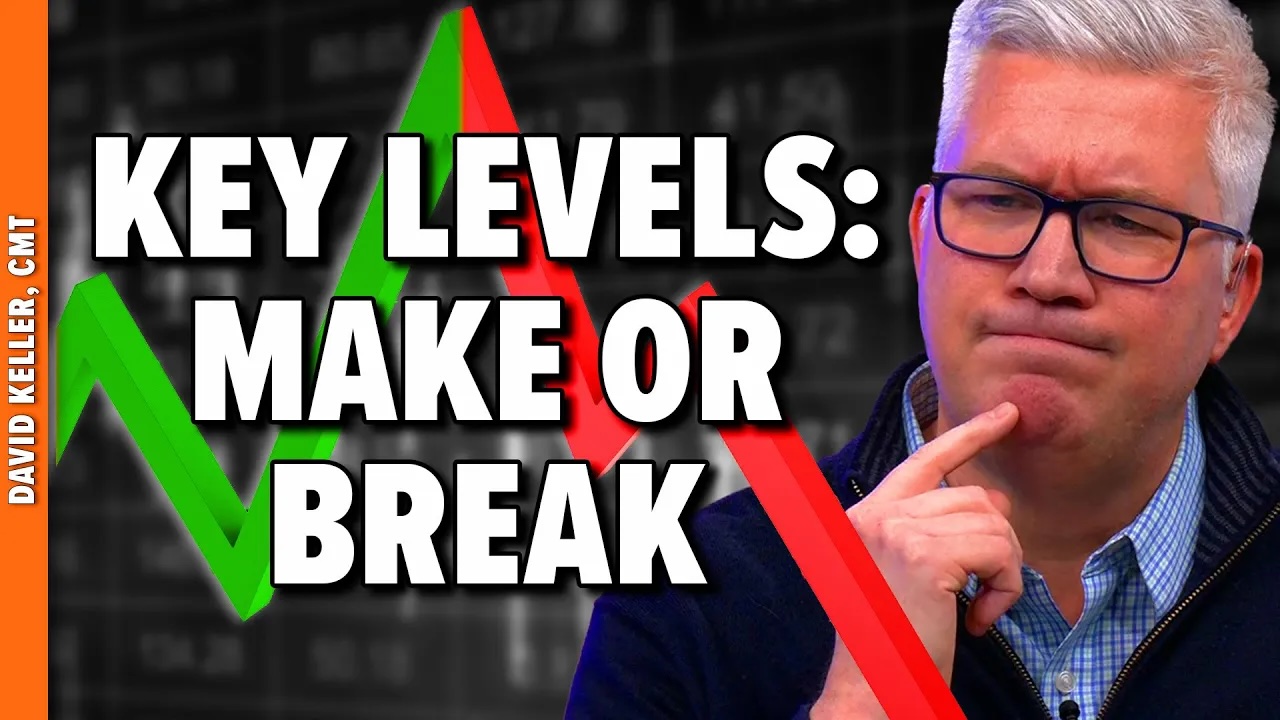 There is a myriad of technical indicators available to traders, and regardless of which indicators are used, blending them with other tools and good charting skills can produce a more in-depth picture of the price action. For example, a stock may be approaching a support level defined by a trend line or previous price level (horizontal trend line). The indicators signal a loss of momentum and possible reversal. Other technical indicators show an oversold condition (caution with this term – see this article). Considered together, full confirmation from the various “consultants” (each with their own special perspective) helps you to trade with greater confidence.
There is a myriad of technical indicators available to traders, and regardless of which indicators are used, blending them with other tools and good charting skills can produce a more in-depth picture of the price action. For example, a stock may be approaching a support level defined by a trend line or previous price level (horizontal trend line). The indicators signal a loss of momentum and possible reversal. Other technical indicators show an oversold condition (caution with this term – see this article). Considered together, full confirmation from the various “consultants” (each with their own special perspective) helps you to trade with greater confidence.
One WORD of CAUTION: Indicators are trumped by the actual price action, and good traders remember they are trading the stock/future, not the indicators. They choose their indicators (“consultants”) carefully and never take them too seriously. Indicators monitor and reflect behavior, they do not dictate it. Indicators are the sight not the trigger.
Driving 101
When a car in front of you whose brake lights come on there is a conditioned response based on past experience. When asked what brake lights mean, most people say someone is stopping. This statement illustrates the danger in assumptions. The fact is there are several reasonable answers. In general, brake lights do mean stop; however, if brake lights are observed at 75 mph on the freeway, it most likely means the driver is simply adjusting his/her speed to the surrounding vehicles; not stopping. Could the brake lights on the freeway mean stopping? Of course, but that would be rare considering their location and circumstances.
Brake lights at 30 mph approaching an intersection most likely means stop, but here again there are actually several things that could happen (see Graphic A). The driver may slow and then accelerate on through the intersection. They may stop and sit there for a while trying to decide what to do next. They may turn right, or they may reverse and head the other way (U turn). Approaching the intersection, the implication that the car will stop is very strong, but what happens next is still a mystery.
 Graphic A
Graphic A
I must add a personal note. We old geezers use our turn signals and appreciate them, because when I started to drive you had to stick your arm out of the window to show stop, left, or right turn. From my observations, there seems to be a generation or two that must have missed driver education. I think it was a mandatory class in ninth grade, but not sure. End of personal note.
A fundamental law of physics states that an object in motion tends to stay in motion but it is also a fact that in order to reverse direction an object must come to a stop. Whether a stock will stay in motion or stop depends a lot on whether it is on the freeway or approaching an intersection. Whether it will sit there, reverse, or continue will be revealed soon enough, but being at the intersection indicates a major decision will be made, which is also the most basic and important message of most technical indicators.
What’s a Good One?
Read a book, visit a website, pop into a chat room about technical analysis and someone will ask the question “What’s a really good technical indictor.” A good one? Consider the ambiguity of the question. What does good mean? They may be justified in wanting someone to save them a lot of time by listing the best three or four indicators, but it is a bad question. What do they want to know, the best reversal or continuation indicators, and what do they mean by good, and how good is good enough?
A so called “Good One” may be significantly enhanced or diminished depending on its location. Usually reversal signals predict better at support or resistance levels. Every indicator or signal has a message because it describes varied behavior.
“Good Ones” can also be underappreciated if taken out of context; redefining what a “Good One” is will enhance the ability to read and place the message in perspective and having sound accuracy data may change many traditional views on which indicators are “Good Ones.” And most importantly, a “Good One” for one trader is not necessarily a “Good One” for you.
Do not forget that StockCharts.com’s ChartSchool is loaded with valuable information. Here is the link to the section on Technical Indicators.
Have a Happy Thanksgiving,
Dance with the Trend,
Greg Morris






